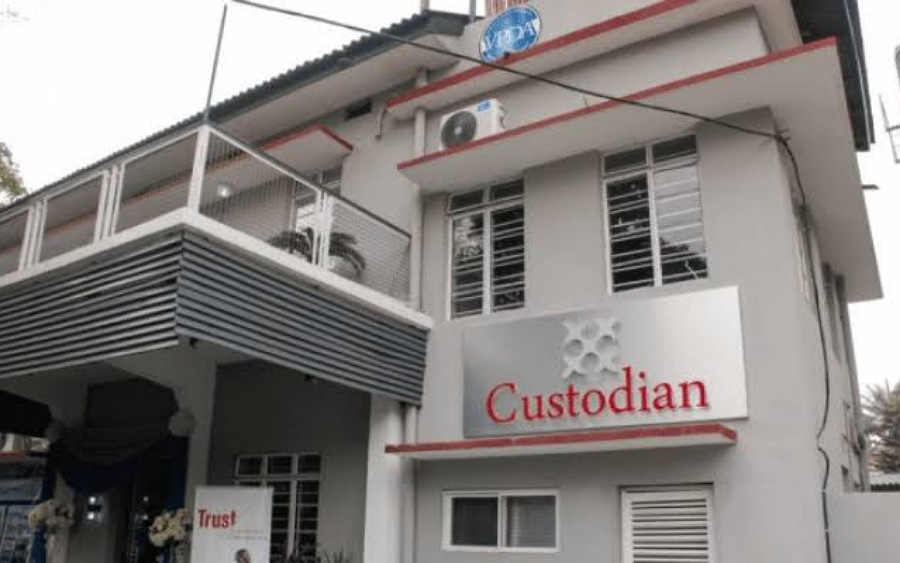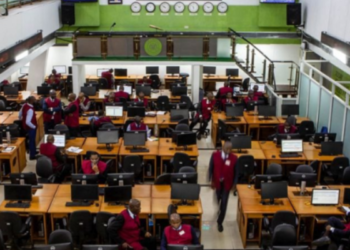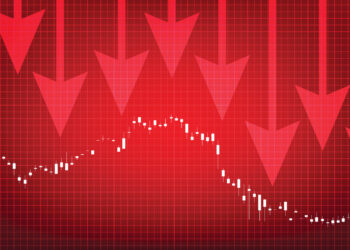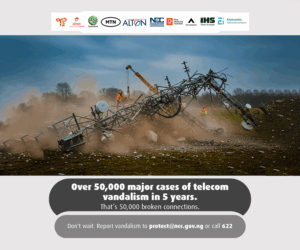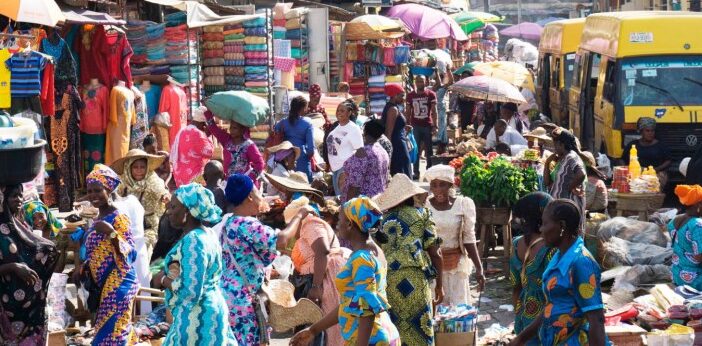Economist John Maynard Keynes once said: “Markets can stay irrational longer than you can stay solvent.” Regrettably, that piece of advice still holds today and being right does translate to being rich, particularly in the presence of financial bubbles.
Asset bubbles are important puzzles in financial economics—important because of their extraordinary potential for disruption; puzzles because they defy standard notions of rationality.
In this article, we would explore what a bubble is and the different stages that make up a Financial bubble to give you a good footing the next time you see one.
What is a bubble
A “bubble” is a scenario in which the price of a single stock, a financial asset, or even an entire sector, market, or asset class exceeds its underlying value by a significant margin.
Since speculative demand fuels inflated prices rather than fundamental value, the bubble will eventually burst, and enormous sell-offs will cause prices to fall, often substantially.
In the vast majority of situations, a speculative bubble is followed by a catastrophic crash in the underlying securities. Consider the dot-com and more recently the real estate bubble.
What fuels a Bubble?
- Pure speculation fuels a stock market bubble. When the price of an asset begins to rise at a rate that much exceeds its fundamental value, a bubble begins to form.
- Former Federal Reserve Chair Alan Greenspan coined the term “irrational exuberance” to characterize the collective enthusiasm among traders and investors that support quickly rising prices that outpace underlying fundamentals.
- Whether you call it herd mentality, the bandwagon effect, or fear of missing out (FOMO), there is a self-perpetuating cycle in which individuals want to acquire an asset because its price is rising, which drives the price even higher and makes more people want to buy it.
- It’s crucial to remember that not all price accelerations are bubbles. It’s common for asset prices to rise sharply after a recession or bear market, for example.
What Makes an Asset Bubble Pop?
An asset bubble pops when there’s a drastic change in expectations. For example, a prominent market participant could cause excitement to sour. Or the bubble could burst as a result of selling activity that makes investors nervous, causing a panic that results in people selling the asset as quickly as possible.
While market participants may try to curb both the sudden surge and decline in prices during a bubble, there’s not much they can do other than urge caution.
During large drops or periods of intense volatility, the U.S. Securities and Exchange Commission (SEC) has a mechanism in place to prohibit trading activity in individual assets to try and give the market a chance to cool down.
Stages of a Bubble
Stock market bubbles generally follow the same five stages, first identified by American economist Hyman Minsky:
- Displacement: A big change, or a series of adjustments, influences how investors think about markets in the early stages of a bubble. This paradigm shift could be caused by a significant event or invention that prompts people to modify their expectations regarding the asset in issue, with positive intentions.
- Boom: Price increases during the displacement stage, but things really get up during the second stage of a bubble. As word of the asset’s gains spreads, the boom period attracts speculators, who assist drive the price of the asset higher.
- Euphoria: As asset values surge, caution is thrown into the breeze during this moment. The “greater fool” theory—the belief that no matter how prices go, there will always be a market of purchasers willing to pay more—plays out everywhere during this phase, as new valuation measurements and criteria are claimed to justify the constant climb.
- Profit Taking: During this stage, the smart money begins to sell holdings and take profits, heeding warning signs that the bubble is ready to collapse. However, predicting when a bubble will burst can be challenging. Inevitably, the price increase proves to be too good to be true. Booms are followed by collapses, and as the bubble enters the profit-taking stage, some investors begin selling to lock in gains.
- Panic: While some late-comers to the game may have waited out in the past, hoping that an asset’s price would rise again, by the time the bubble reaches its panic stage, that’s no longer a viable option. Instead, the zeal to acquire an item has given way to panic to sell it. The price drop wipes out gains rapidly and stimulates additional panic-driven selling.
How to guard yourself against a bubble
- To prevent the inevitable risk of investing in a bubble that will eventually burst, thoroughly analyze your motives for investing before doing so.
- Hence, you must try to stay away from chasing returns out of FOMO or to jump on a bandwagon. Your return expectations will be impacted by the inherent value of an asset rather than speculation if you do so.
- Value investing, which entails selecting stocks whose share price is trading below their inherent value or book value, is my suggested technique. Warren Buffett, the billionaire investor, favors this method as well.
- Another recommendation is to invest in a broad portfolio of index funds to reduce the chance of any one investment failing while preparing for long-term growth. It may not have reached the skyrocketing heights of asset bubble investments, but it has the ability to increase steadily over time.
- Finally, you have to revalue all your existing assets and reprice them based on core fundamentals. Most set bubbles are driven by sentimental reasons rather than economic or financial factors. Thus, when a bubble burst, the same sentimental factors that create it is what will puncture it.
- Repricing assets require that you identify assets that you own that are vulnerable to price crashes when the asset bursts.


